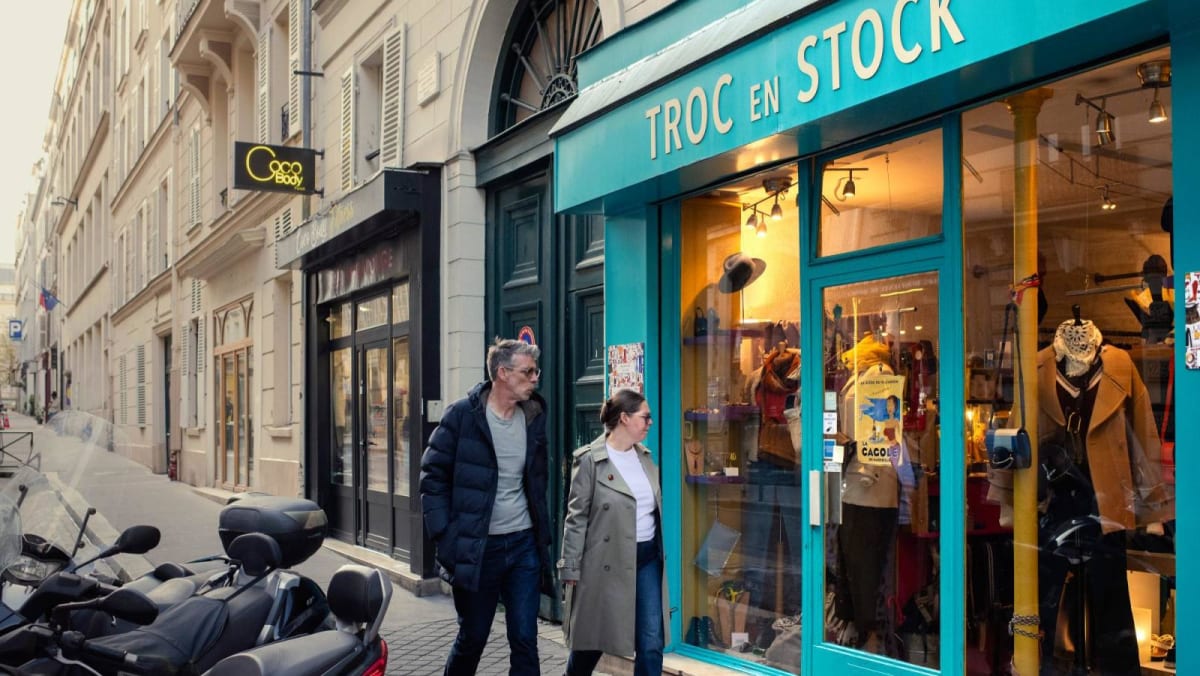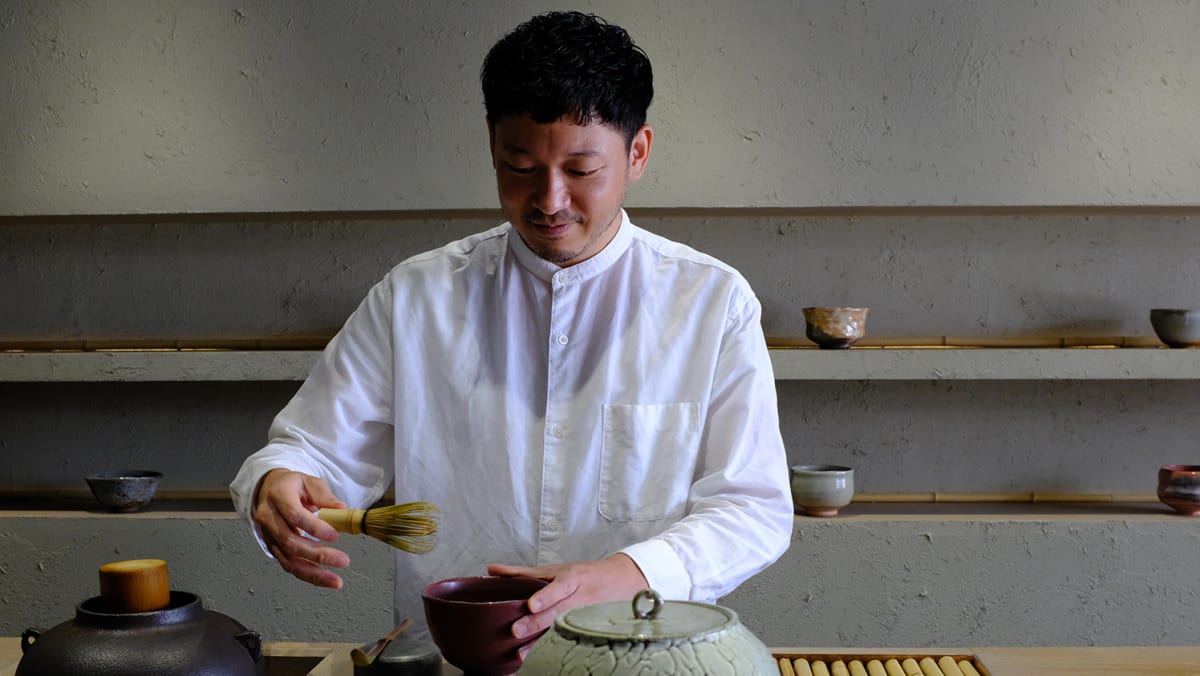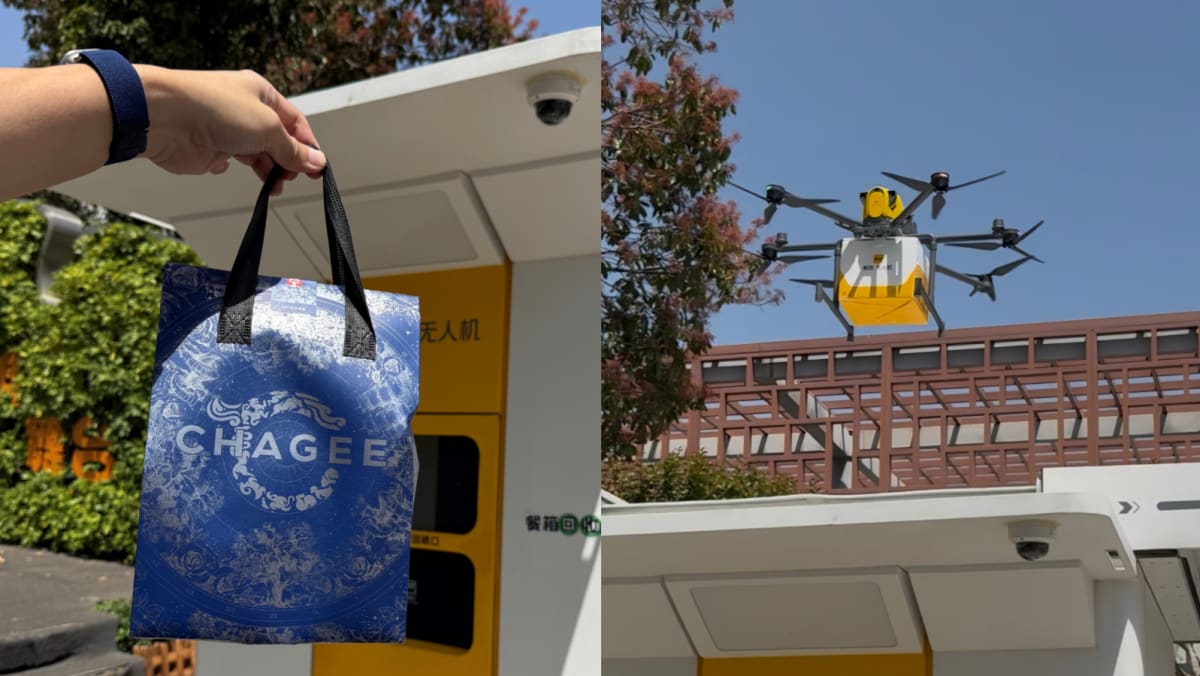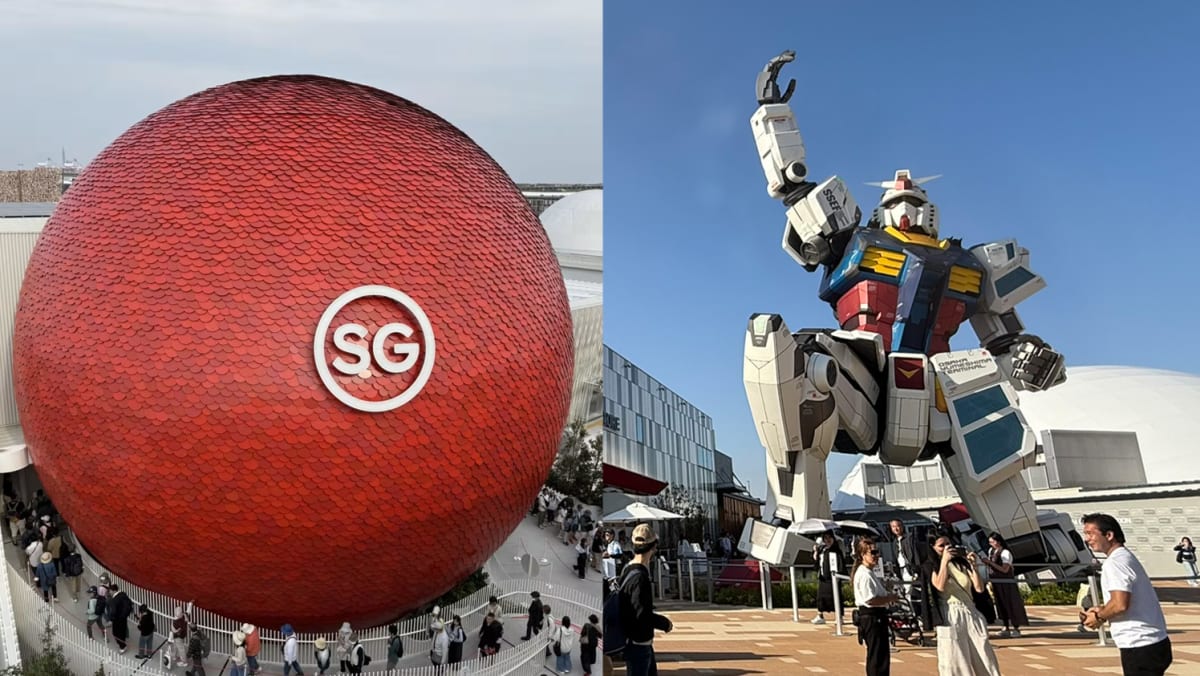When shopping in Paris, you could follow the tourists to Avenue Montaigne and Rue du Faubourg Saint-Honore, where off-the-catwalk designs are displayed like venerated artwork. Or, have an adventure and save euros hunting down “gently used” designer clothing at the city’s neighbourhood depot-ventes, where Frenchwomen of exacting taste consign their castoffs.
Unlike your average thrift store (those are called friperies), the depot-vente, which translates to “deposit and sale” is an upscale version where high-end clothing sells at a fraction of retail prices.
In the past few years, these boutiques have gained a new audience: Travellers, especially an international cadre of Gen Z-ers and millennials on the prowl for “pre-loved” Chanel, Yves Saint Laurent, Hermes, Louis Vuitton and lesser-known labels. The attraction, of course, lies in the enduring allure and high quality of French brands — and the deeply discounted prices. It is also tethered to the role sustainability now plays in the shopping habits of younger people. Second-hand clothing is a green alternative to buying new, particularly with fast fashion’s reputation for meh quality and poor working conditions. A report released by the online second-hand platform ThredUp this year predicts the resale market will be worth US$367 billion (S$482.14 billon) by 2029, increasing at three times the rate of the overall global apparel market.
“The second-hand market is driven by Gen Z and millennials who weigh the social and environmental costs of a product before buying it,” said Matteo Capellini, a sustainability expert at the consulting firm Bain & Company.
And the intense interest in high-end fashion? Thank you, TikTok. Influencers’ unrelenting content plus social media marketing campaigns by Louis Vuitton, Dior, Chanel, Gucci and YSL (all routinely employ internet-famous creators) have affected younger shoppers. Parisian depot-ventes offer more affordable versions of the labels they see hyped online.
Here is a road map to the second-hand luxury scene in Paris.














